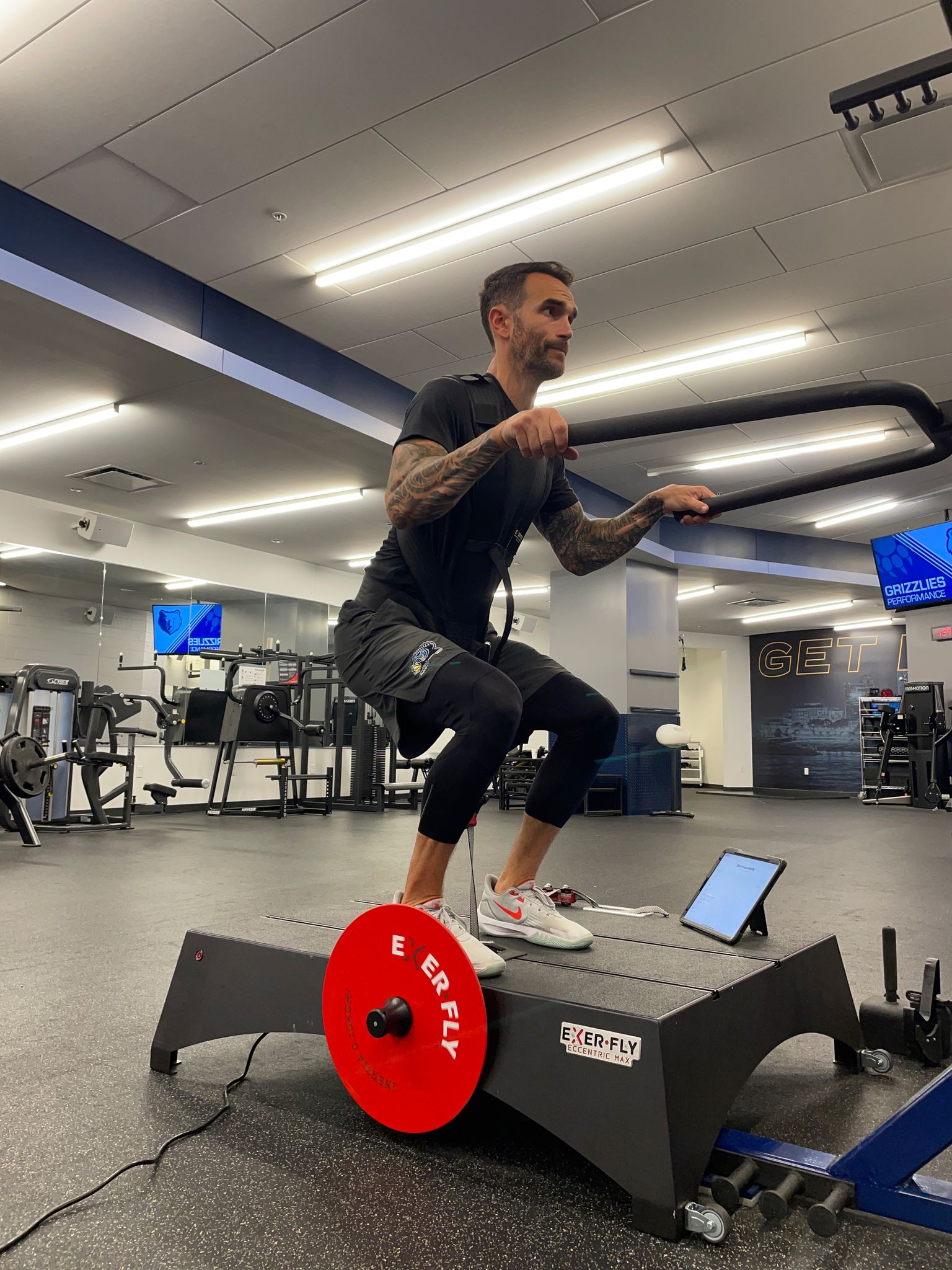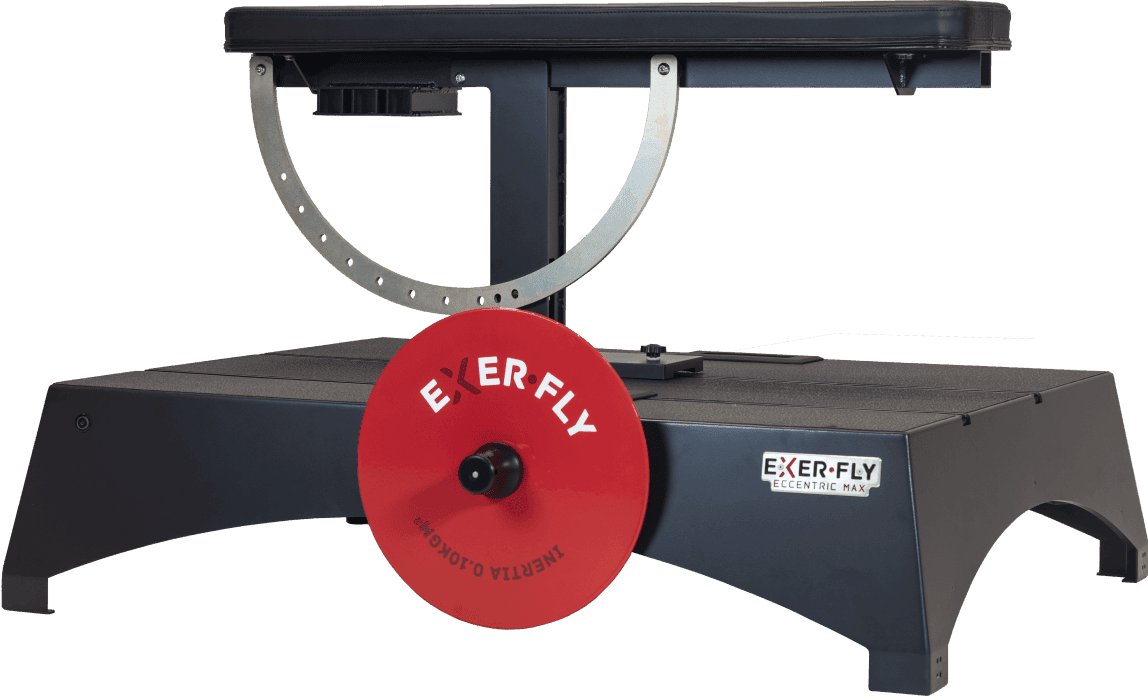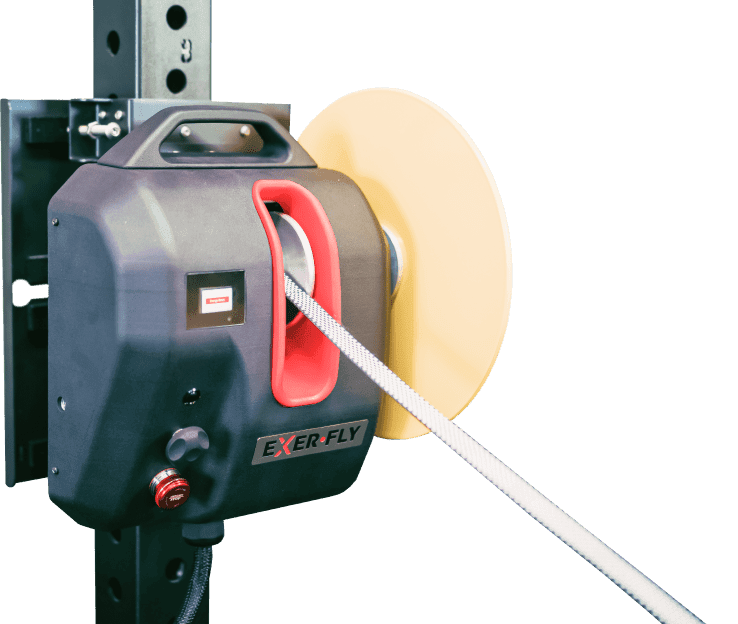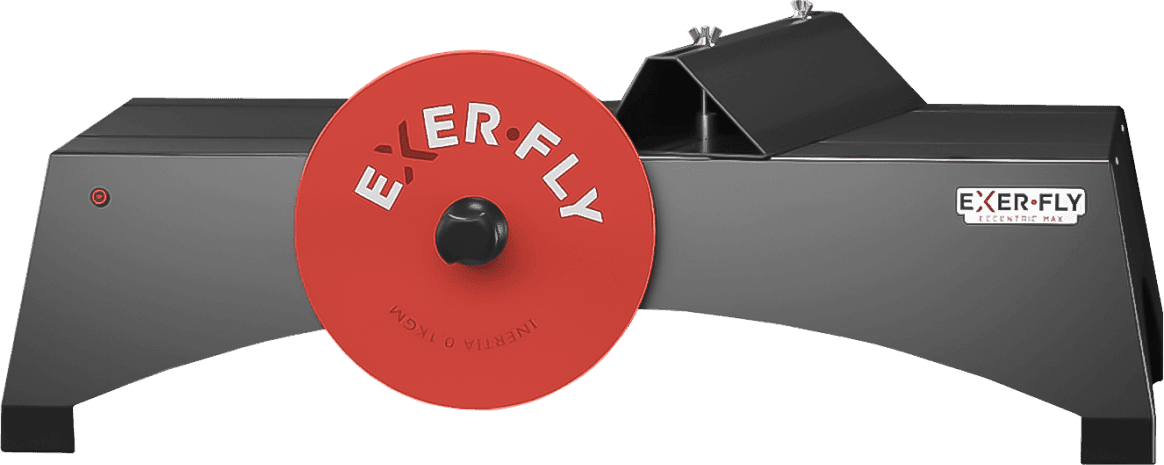
Chris Chase NBA Strength Coach x Exerfly Flywheels
Recently Chris Chase jumped on a podcast with Martin Bingisser and Vern Gambetta on the GAINcast to discuss load management in basketball using flywheel training.
Chris Chase is the Director of Performance for the Memphis Grizzlies and has previously served as a strength and conditioning coach for the Atlanta Hawks and strength and conditioning coach on the Olympic sports side for the University of Southern California and the University of Rhode Island.
This episode of GAINcast deep dives into how Chris prepares athletes for the demands of the long NBA season, including his use of non-traditional methods such as flywheel training and constrained movements to find stimulus during the season.
Flywheel Training And Where It Fits Within NBA Physical Preparation
Host: Exerfly is a good tool. You can pack up the Portable and take it on the road. For sports teams, a key advantage is when you get to a hotel, and you don't know what the equipment in the gym is going to be like, you can bring a stimulus with you that makes sure you get some work done between games no matter what situation you're in.
Chris: There are interesting innovations with Exerfly's pieces that are a perfect marriage with my fitness goals for my team. It's something I enjoy training on, and I think we can do it in certain ways. It's not a catch-all.
It's super interesting for some of the deficits we see with basketball players. Interesting qualities can be trained on the flywheel that really services those deficits. The proof is in the pudding of using flywheel training and seeing these improvements down the line.
It makes sense for a jumping sport like basketball to use CMJ as a proxy for success in training, we're consistently testing CMJ and loading jumping, and it's interesting to look at that and see the deficits that a lot of guys show.
I think eccentrically is predominantly where they have apprehension loading into knee, hip, and ankle flexion because of traditional tendinopathies and ankle sprains. It gets tough to have a nice CMJ, and their quads may be underdeveloped to accept that force. I think the flywheel allows unique stresses with eccentric forces.
Those forces are unique; you can manipulate them. If I'm manipulating the countermovement of the jump, there's manipulation to a flywheel squat to mimic the unweighted phase of the jump and start mimicking the forces of the eccentric deceleration your braking phases will have.
That is similar to what you would feel in the jump in this overloaded way, i.e., using a flywheel (half) squat.
As we think of more and more things in basketball and appreciate the forces that the players are under, i.e., somebody's higher peak forces, ground reaction forces, constantly wear and tear on these guys over an extended amount of games.
We must be careful of ground reaction forces in the off-season, prepare them and minimize impact forces on players with tendinopathies. We must be cautious with certain guys training high force rates and complex movements.
We could do loaded jumping or kettlebell swings, but to a certain extent, maybe some guys that aren't trainable for a high enough intensity.
So I think the flywheel is an excellent tool in that similar bucket of being able to train rate or higher peak forces or elements of impulse that lessens the complexity because you can constrain it a bit. It also lessens the impact forces that these dudes will be under. This is a tool to pull out when you want to be careful with that type of loading.
Fixing logistical issues via flywheel training
Host: The flywheel is a bit less intimidating. You bring in someone after a game, and it's easier to do eccentric training with the athletes.
You can soft-modulate it and adjust how you want to train. I found recovery times are a bit better than traditional eccentric stuff. You get a heck of a burn during the workout, but typically, you can come back the next day, and you're feeling really good. You can take it on the road with you too, so I keep it in the back of my car and take it anywhere.
Chris: For us, equipment to bring on the road is huge. Even though gyms are well equipped, I still think sometimes, if you don't have a knee extension or a good way of heavily weighting a squatted movement; if we believe we need that for 1-2 days, I think you can get that out of the flywheel just by assessing peak forces and levels on impulse as gages.
I don't think we were getting that previously consistently enough. If we believe isolated muscle strength/rate/power translates to something integrative, I can constrain it further with a knee extension machine and start working high rate/high peak force eccentrics on future Exerfly knee extension leg curl machines.
Those forces directed straight towards your quads can be dosed frequently because they are not substantial global stress, which is an option in the flywheel space.
Priming Athletes Using A Flywheel
Host: This whole methodology has been around for a long time but wasn't practical until now. It's a concept I've always been infatuated with. We're targeting muscular-tendon junctions with flywheel training.
When you look at a start-stop sport like basketball, you get huge forces on the tendons. You tend to get various forms of tendonitis, and this mode of training enables you to attack that in a manner that you can come back and do tomorrow.
There's also potential for this methodology as a tool to use before practice and even before games for players with better capacities, e.g., accentuated countermovements.
Anecdotal Feedback From Players On Flywheel Training
Chris: Players automatically get the flywheel. It's not just the exercise they understand, but they get what effect it has too. Too often, we don't listen to the players. Instead, we force them into something we think is good for them.
The players immediately get the exercise and the effect it's having. They say, "We do so much focusing on pushing, but we don't do a lot that feels like this." We're trying to fill that bucket more.
Summary
We’ve learned that flywheel training has become Chris Chase’s lucky charm when it comes to preparing his athletes for the demands of the NBA.
The Exerfly device which can be used to mimic real life movements which are experienced by the athlete on court. Easy to use, incredibly versatile and able to be packed into a suitcase and taken on the road, Exerfly has transformed the Memphis Grizzlies’ players training for the better.
According to Chris, this only seems to be the beginning. For more information on Flywheel training and which Exerfly device fits into your training goals, book a free consultation with our team via our website, or just simply get in touch.






